25 Most Beautiful Places in Texas, According to a Born and Raised Texan
From desert landscapes to dense bayous and remote beaches, Texas is endlessly beautiful.
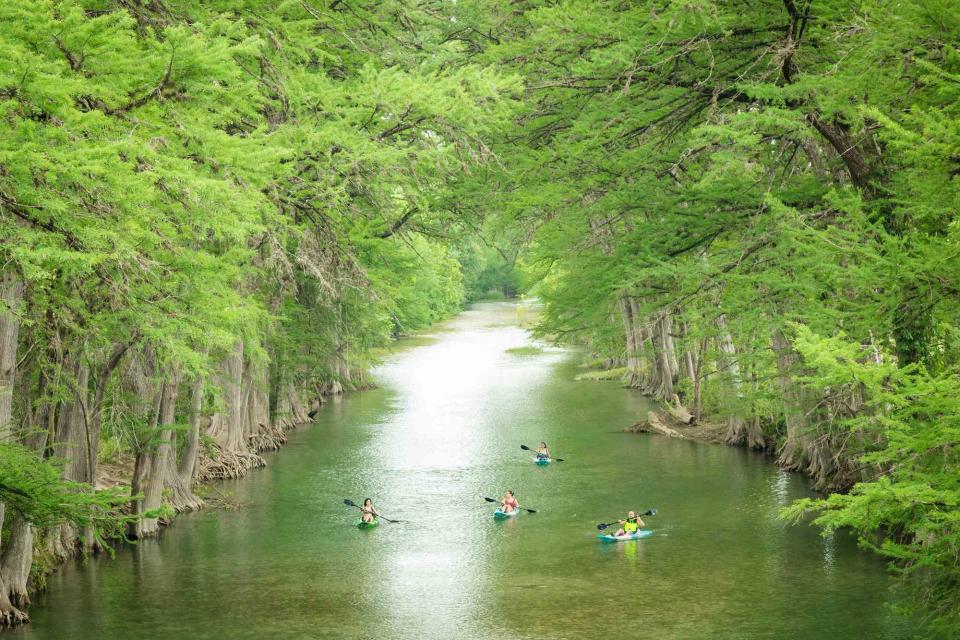
Courtesy of Travel Texas
As the largest state in the contiguous U.S., Texas is home to sweeping plains and rolling hills, deep pine forests and desert mountains, and even remote beaches and barrier islands. With 268,000 square miles to explore, the Lone Star State has both charming small towns and bustling big cities, all chock-full of lakes, rivers, trails, and green spaces.
As a born and raised Texan, I’ve grown up exploring the state and its varying geography. I love a day well spent in our buzzy capital city, Austin, or roaming around San Antonio’s historic missions. But I also crave time on a beach all to myself, the ruggedness of West Texas, and a jaunt through Hill Country during spring, when the wildflowers are in full bloom.
Here, the most beautiful places in Texas, from quiet, sunset moments at the beach to serene paddles across Lake Austin.
South Padre Island
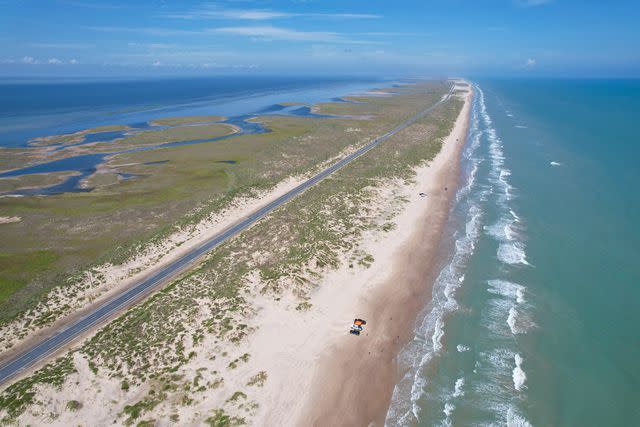
David Garrison/Getty Images
Located at the bottom of the state, near the Texas-Mexico border, South Padre Island is a favorite beach destination among locals and visitors alike. Sure, it has all the popular beach bars, restaurants, and shopping you could want, but it's also home to quiet corners ideal for some R&R. Don’t miss the sand dunes at sunset, when golden hour strikes over the bay. “Some of the dunes are much higher than you might expect, and when you top one and look out at the sweeping vista below, illuminated by the sun’s golden rays dipping beyond the bay, it’s one of nature’s greatest paintings,” says Cindy Trevino, CVB director of marketing and corporate sponsorships for South Padre Island. Pro tip: Pack a blanket and snacks to enjoy a sunset picnic.
Big Bend National Park
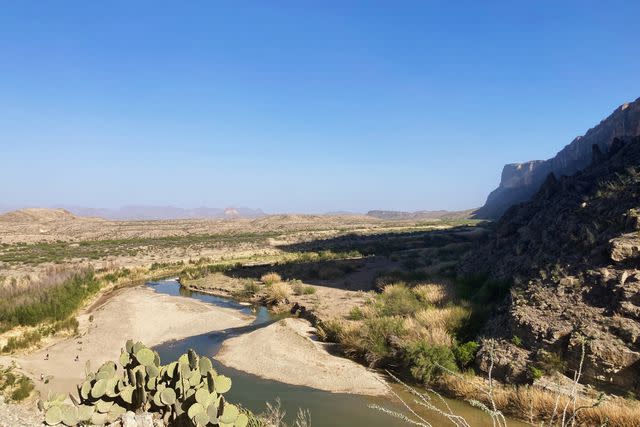
Mariah Tyler
In far West Texas, almost a million acres are dedicated to Big Bend National Park, a rugged escape in the Chihuahuan Desert. Big Bend lies on the Texas-Mexico border, and visitors can kayak the Rio Grande here and see the towering canyons above. It also has the least light pollution of any national park in the lower 48 states, plus it's an International Dark Sky Park, making it a great place to see the Milky Way and sparkling constellations. Outdoor enthusiasts will love the 150-plus miles of trails, scenic drives, and birding opportunities found throughout.
Guadalupe Mountains National Park
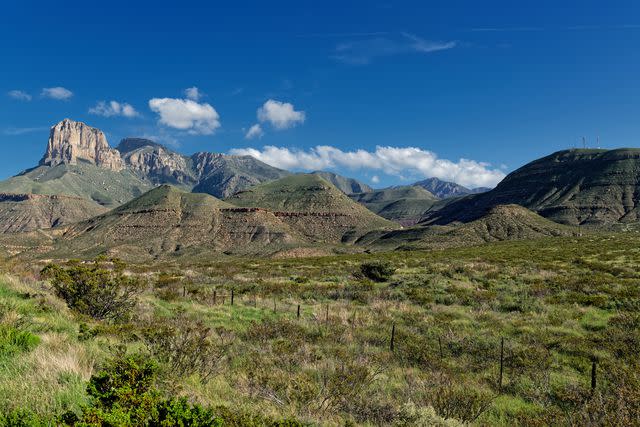
Mark C Stevens/Getty Images
For more West Texas solitude, Guadalupe Mountains National Park, situated near New Mexico, is full of canyons, deserts, and mountains. In fact, it's home to eight of the 10 highest peaks in Texas. Guadalupe Peak, the highest natural point in Texas at 8,751 feet above sea level, is a day hike with an elevation gain of 3,000 feet along the way. The park has more than 80 miles of trails altogether, plus backpacking, horseback riding, scenic driving routes, and camping. What's more, Guadalupe Mountains National Park protects the world’s most extensive Permian fossil reef, and mule deer, jackrabbits, bats, foxes, elk, and other wildlife abound.
Cave Without a Name
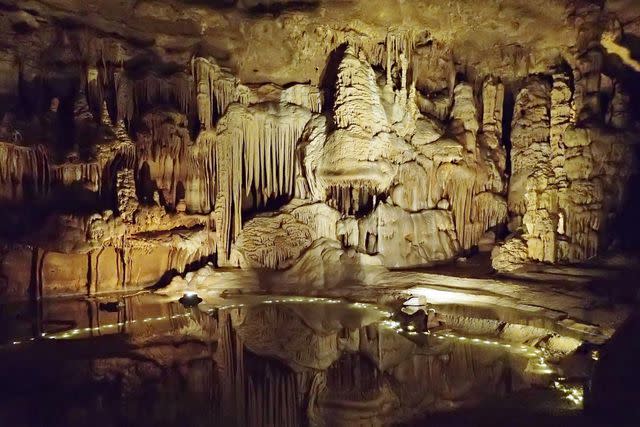
Courtesy of A Cave Without A Name
They say beauty is only skin deep, but in the case of Cave Without a Name in Boerne, Texas, it's 80 feet underground. Descend 126 steps and you’ll find a natural, living cavern full of stalagmites, stalactites, soda straw formations, and cave drapery lit up for all to see. The cave stays 66 degrees Fahrenheit year-round, making it a fun summertime activity on a sweltering Texas day. Take a guided tour of six cave rooms, or hear a concert in the Throne Room, as the acoustics and natural backdrop create a musical experience you won’t forget.
Mission San José
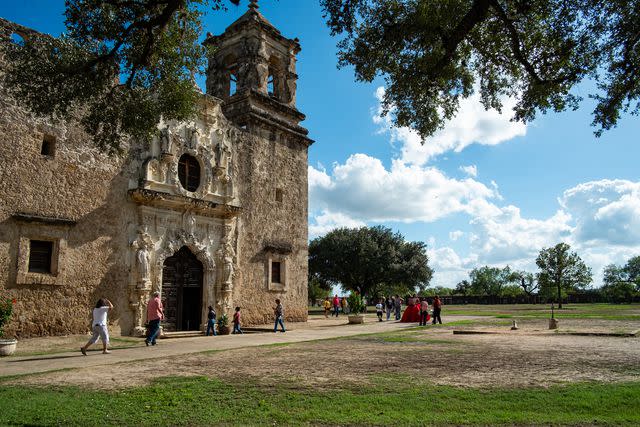
Mariah Tyler/Travel + Leisure
Every Texan should see the Alamo for its deep history, but people often forget there are actually four other beautiful missions in San Antonio, all with more space to explore and less crowds. You can see all of them by hopping along the Hike and Bike Trail, but my favorite is Mission San José, the largest of the missions and one that has been almost fully restored. See the church’s facade and Rose Window, both beautiful examples of Spanish colonial decor. The bell tower is stunning as well, and you can also see the living quarters, the gorgeous stone arches from the convento, the granary, and the grist mill. Tours are offered daily.
Palo Duro Canyon State Park
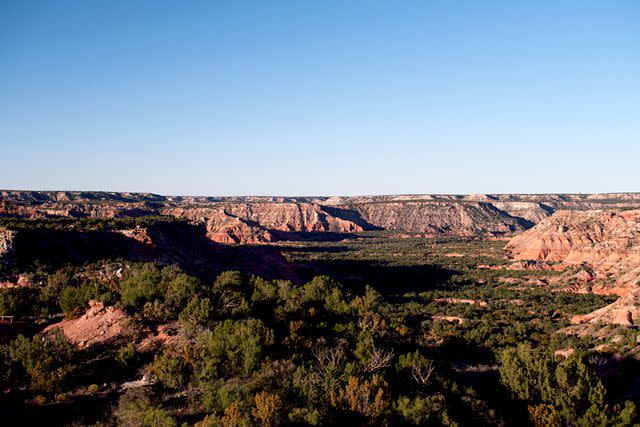
David Hatch/Getty Images
In the Texas Panhandle near Amarillo, you’ll find Palo Duro Canyon State Park, home to the second-largest canyon in the country, which is about 120 miles long, 20 miles wide, and up to 800 feet deep. Descend 500 feet and catch the changing colors of the canyon, formed by the four geologic layers that are millions of years old. Hike through 30-plus miles of trails, or go horseback riding through 1,500 acres. Several longhorns belonging to the official state longhorn herd live here, and you can spot them near park headquarters. There are also horned lizards, turkeys, deer, bobcats, coyotes, snakes, and more. Tuesdays through Sundays, the Texas Outdoor Musical tells the stories of early area settlers.
Lake Austin
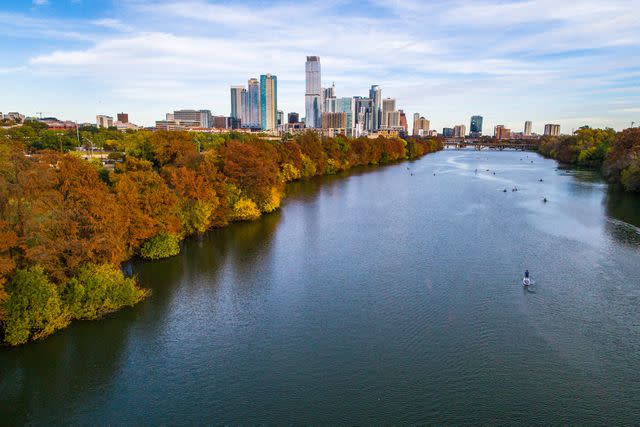
Getty Images
A reservoir on the Colorado River, Lake Austin is an oasis for water lovers. Hop on a boat and cruise through the water, surrounded by lush hills and gorgeous private homes. Pull up to Hula Hut for Tex-Mex and Caribbean food served dockside, or access public camping spots and picnic areas at Emma Long Metropolitan Park on the shore. For a bit more privacy, stay at Lake Austin Spa Resort, where you can partake in daily fitness activities, enjoy a sunset water taxi cruise, visit the award-winning spa, hike, paddleboard, and join mixology classes. “The resort is set across the water from Balcones Canyonlands National Wildlife Refuge, essentially a wall of nature that nothing can be developed on,” says Darlene Fiske, a longtime Austin resident and frequent visitor to the resort. “Then, there’s the water itself, Lake Austin — a constant level lake where you can paddleboard, kayak, ski, and swim.”
Big Thicket National Preserve
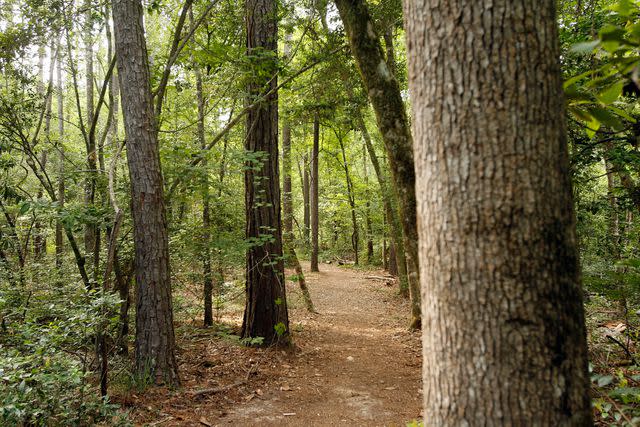
James Nielsen/Houston Chronicle via Getty Images
In the Piney Woods region of southeast Texas, you’ll find Big Thicket National Preserve, where more than 113,000 acres of public land offers camping, hiking, paddling, cycling, fishing, and other outdoor fun. Forty miles of hiking paths wind through nine different ecosystems, including bayous and pine forests, while paddling trails take you through cypress sloughs and oxbow lakes. Backcountry camping is permitted, and fishing for bass, crappie, and catfish is a popular pastime.
Padre Island National Seashore
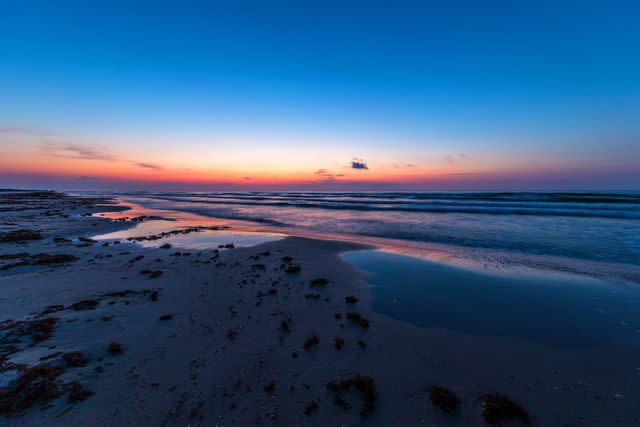
Getty Images
About a four-hour drive north of South Padre Island, Padre Island National Seashore is the perfect place for those wanting to get away from the hustle of daily life while immersing themselves in nature, solitude, and the sound of crashing ocean waves. The national seashore is the longest stretch of undeveloped barrier island in the world and includes 70 miles of protected coastline. Go birding to see how many of the 380-plus species found here you can spot or check if you can catch a Kemp’s ridley sea turtle hatchling release in the summer. The Laguna Madre here has shallow water suited for paddling, and camping in the park is open year-round.
Lost Maples State Natural Area

Jennifer M. Ramos/Getty Images
Texas isn’t known for having superb fall foliage, but Lost Maples State Natural Area stands out during October and November for its gorgeous orange, red, and yellow hues coming from the changing leaves. Lost Maples is home to a unique, isolated stand of Uvalde bigtooth maple trees — uncommon for this area — and the leaves generally turn from mid-October through the first two weeks of November. You can get updates on fall foliage via the park’s fall foliage report. Tip: Schedule your leaf-peeping visit during the week, if possible, as the park gets crowded during the fall and there’s only space for 250 cars.
Caddo Lake
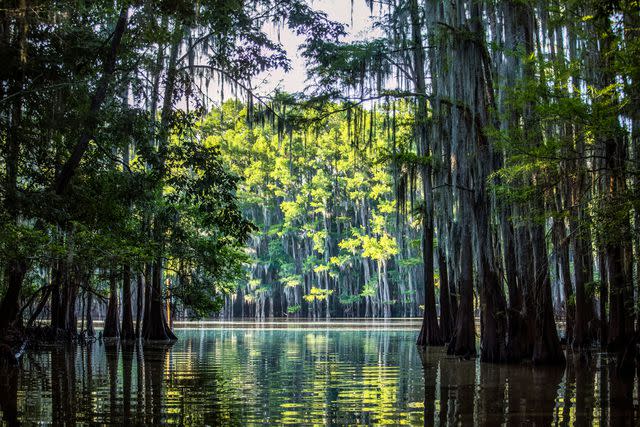
Getty Images
East Texas differs from the rest of the state as it’s covered with pine forests, bayous, and swamps. A great way to explore this terrain is by canoe on Caddo Lake, one of the few natural lakes in Texas. It's named for the indigenous Caddo people, who settled in the area in the early 1800s. Paddle through the bottomlands and between bald cypress trees covered in Spanish moss over Big Cypress Bayou, or weave through one of the paddling trails across the lake. You can also fish or camp at Caddo Lake State Park.
Wine Road 290
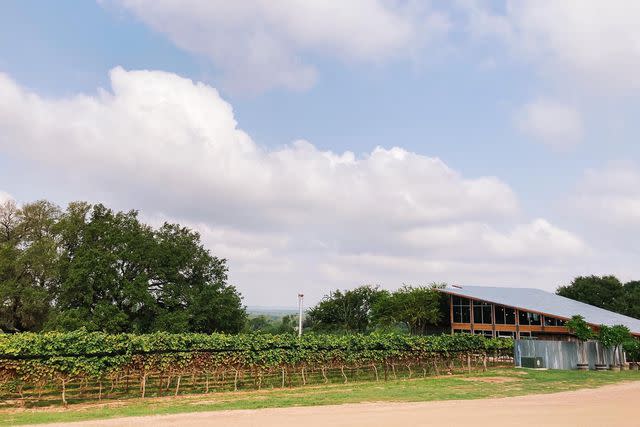
Mariah Tyler
A trip to Texas Hill Country is always gorgeous, but it’s made even better with a drive down U.S. 290, a.k.a Wine Road 290. Hill Country is home to more than 100 wineries, many with stunning vineyard views, modern tasting rooms, and patios shaded by giant, twisting oak trees. Check out William Chris Vineyards in Hye, where wines are made from 100 percent Texas-grown fruit. Lewis Wines in Johnson City also only uses Texas grapes, and La Bergerie in Fredericksburg has to-go bottles and a patio in case you want to pour a glass on site.
McDonald Observatory
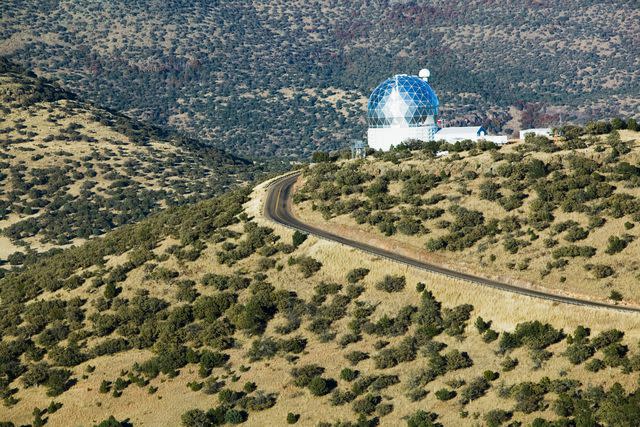
Walter Bibikow/Getty Images
West Texas is full of wide-open spaces and spectacular spots to admire the twinkling night sky, and this area in the Big Bend region is a designated International Dark Sky Reserve. Head to the McDonald Observatory in Fort Davis for a stellar view of the Milky Way and various constellations. The observatory has multiple research telescopes that allow you to glimpse planets, stars, and more. And while there is research taking place here, you can still visit and participate in daytime and evening programming. Don’t miss the Star Party in the amphitheater to see otherworldly views of our night skies.
Willow City Loop
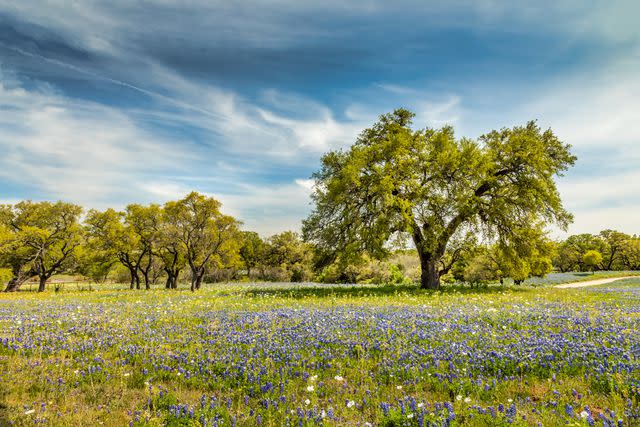
Martina Birnbaum/Getty Images
Each spring, wildflowers pop up across Texas, painting roadsides, meadows, and prairies in bright hues. And while bluebonnets, the state flower, are the favorite, there are also red Indian paintbrushes, yellow Mexican poppies and sunflowers, and pink phloxes, among others. A memorable way to see the blooms is on the Willow City Loop drive, which winds through canyons and rolling hills. From Fredericksburg, take State Highway 16 north to Ranch Road 1323. Head to Willow City and turn left on Willow City Loop.
Enchanted Rock
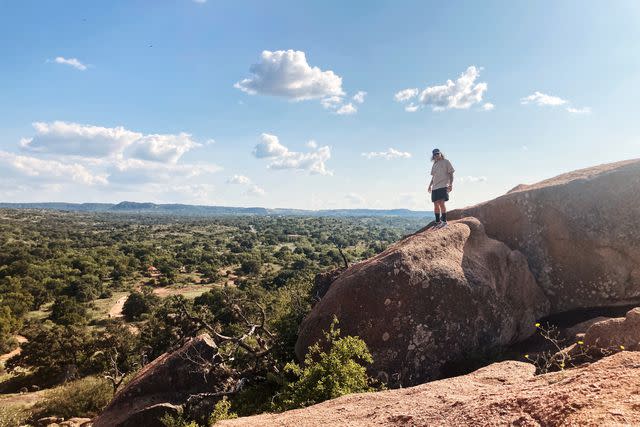
Mariah Tyler
Hiking up Enchanted Rock is a must for outdoor adventurers. This huge pink granite dome rises 425 feet, its highest point being 1,825 feet above sea level. Trekking up the rock is equivalent to climbing the stairs of a 30- to 40-story building, and those who are up for the challenge will be rewarded with gorgeous Hill Country views. Enchanted Rock formed a billion years ago when magma pushed through the Earth’s surface, then cooled and hardened, turning into granite. Aside from hiking to the top, there are 11 miles of additional trails here, plus opportunities for bouldering and camping.
Monahans Sandhills State Park
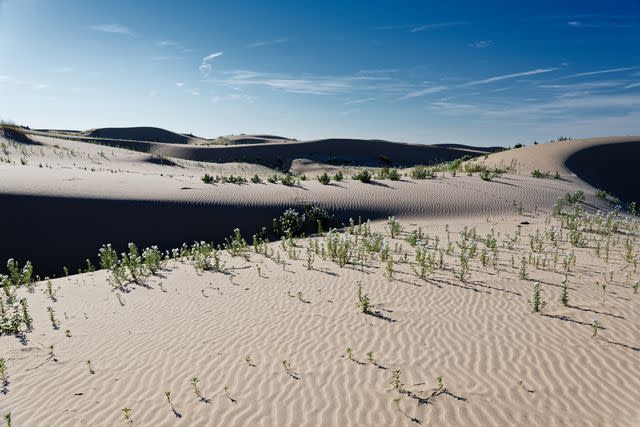
Mark C. Stevens/Getty Images
Way out west in Monahans, discover a “Texas-sized sandbox” at Monahans Sandhills State Park. Strong winds have turned the sand dunes here into giant peaks, some up to 50 feet tall. The park is part of a dune field that stretches from near Monahans all the way into New Mexico, and both kids and adults love exploring these massive hills. Rent sand discs and “surf” the dunes, or ride down the hills, sledding style. Horseback riding, picnicking, and camping are also options.
Marfa
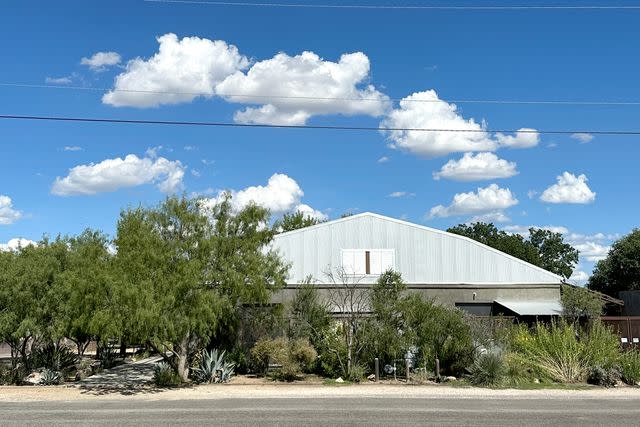
Travis McHenry
Not too far from the McDonald Observatory is Marfa, Texas, a desert town and artistic hub for creators of all kinds. Outdoor installations, galleries, and art museums help create a beautiful yet funky scene here. Don’t miss the tiny Prada Marfa building just outside of town, and The Chinati Foundation, a contemporary art museum. There’s also Ballroom Marfa, a contemporary art and performance venue that’s free to the public, and the Judd Foundation, where spaces include early works by Donald Judd, a New Yorker who moved to Marfa in the ‘70s and cemented the town as an arts destination.
Lone Star Hiking Trail
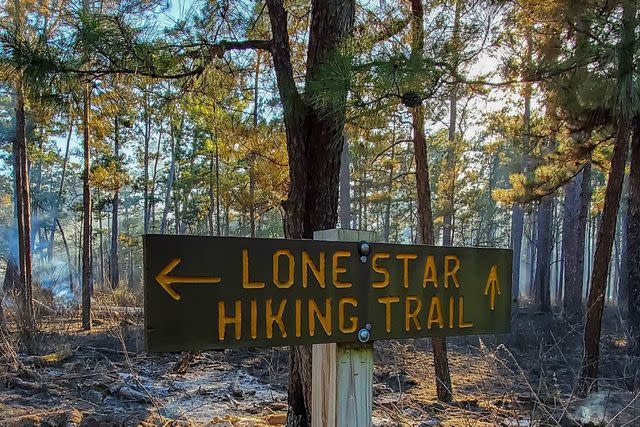
Courtesy of Visit Conroe
In the Sam Houston National Forest near Houston, you’ll find the Lone Star Hiking Trail, the longest contiguous footpath in Texas at 96 miles, or 129 miles if you include the loop trails. The path winds through cypress trees, bayous, and swamps, and even follows Lake Conroe in one section. You can backpack along the trail and spend up to 10 days exploring the various sections while enjoying wildlife and the solitude of nature.
Davy Crockett National Forest
In between Crockett and Lufkin in East Texas lies Davy Crockett National Forest, a Piney Woods escape with bottomland hardwoods, dense forests, and plenty of space to unplug and unwind. The forest is more than 160,000 acres, and visitors can hike, swim, camp, fish, boat, or go horseback riding. See if you can spot waterfowl, dove, turkey, deer, quail, and the red-cockaded woodpecker, an endangered species living in the forest.
Caverns of Sonora

Rainer Hackenberg/Getty Images
Halfway between San Antonio and Big Bend National Park is Caverns of Sonora, a show cave system full of mineral formations that are still actively growing. Shine a light through the cave to see dangling formations hanging from the ceiling and sprouting through the floor, and wind your way through an underground world largely unexplored. Guided walking, rappelling, and photography tours are available.
Devil's Sinkhole State Natural Area
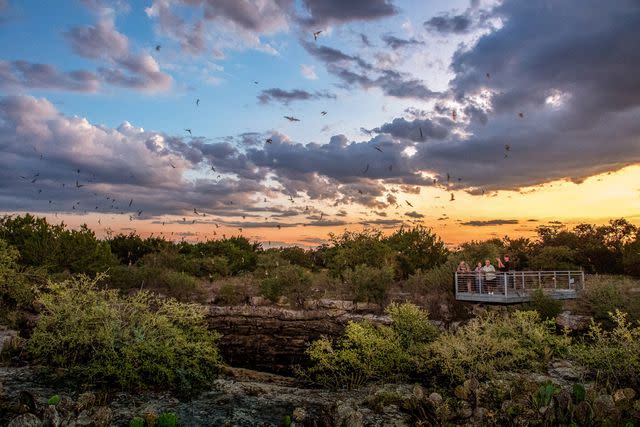
Chase Fountain/Texas Parks & Wildlife Department
From May through October, around three million Mexican free-tailed bats emerge from Devil’s Sinkhole each night to feast on bugs. The bats flutter through the sky, appearing like swirling specks of pepper as they dip and dive for food, and you can watch it all unfold from the viewing platform. This is one of the largest Mexican free-tailed bat populations in Texas. Reservations are required, and you cannot enter the cavern due to its sensitive nature.
Medina River
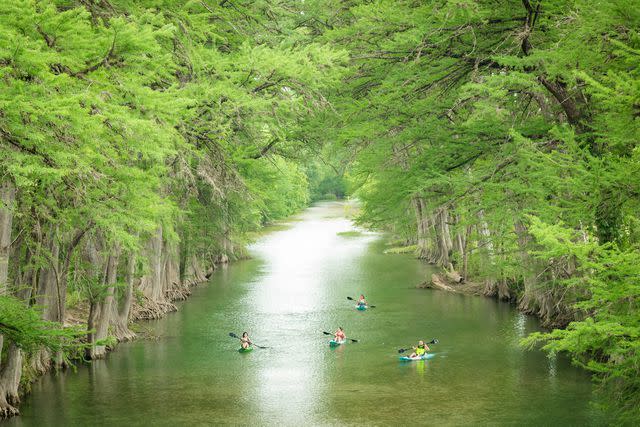
Courtesy of Travel Texas
We Texans love our watering holes, and it's common practice to spend the day in a body of water during the hot summer months. Hordes of people flock to the Comal and Guadalupe rivers, but the Medina River is less visited and arguably more beautiful. It’s dotted with limestone bluff views and lined with bald cypress trees that provide shade to floaters and paddlers. The Medina River Company rents tubes and kayaks and offers shuttle rides to and from the river.
Caprock Canyons State Park & Trailway
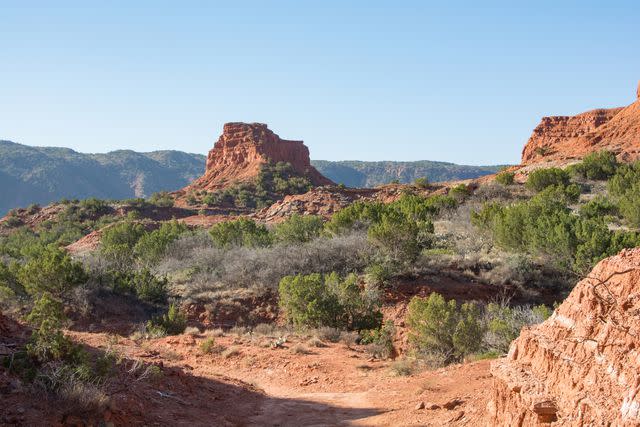
Kyle Kempf/Getty Images
Up in the Panhandle, see bison roaming in their natural habitat at Caprock Canyons State Park & Trailway. The park is home to the Texas State Bison Herd, which dots the landscape and trudges across 10,000 acres. Aside from bison, you can marvel at the red rock canyons — Caprock sits on the Caprock Escarpment, a natural transition between the high plains to the west and the rolling plains of the east. Deer, bobcats, antelope, and coyotes also inhabit the area, as do bats in the Clarity Tunnel on the Trailway. Bring your horse to go horseback riding, or camp, fish, swim, and boat on Lake Theo.
Natural Bridge Caverns

Courtesy of Natural Bridge Caverns
In 1960, four college students discovered the Natural Bridge Caverns, now one of the best show caverns in Texas. Today, visitors can see the stunning formations throughout the cave on various excursions, including an Adventure Tour that travels to an undeveloped section deep in the cavern. For something a little less challenging, take the Discovery Tour, which brings travelers 180 feet underground to view the cavern rooms and formations lit up in a remarkable setting.
Franklin Mountains State Park
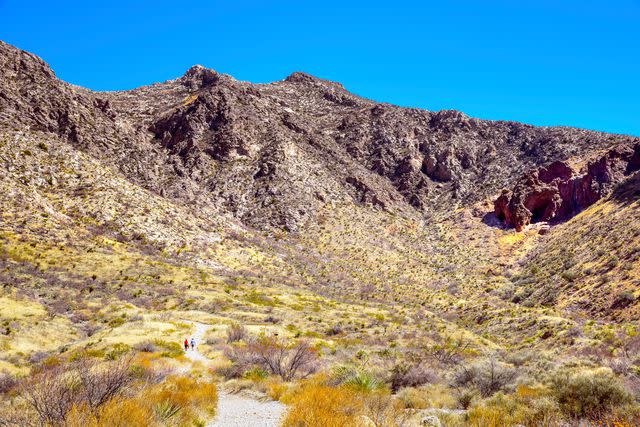
John Coletti/Getty Images
While Franklin Mountains State Park is within the city limits of El Paso, you’ll feel like you’ve gone off the grid in this rugged desert landscape, which is home to more than 100 miles of trails and about 27,000 acres for exploring. The Franklin Mountains offer superb bird-watching, and birders have seen more than 100 species, including golden eagles, hummingbirds, pyrrhuloxias, and ash-throated flycatchers. Hike through the Chihuahuan Desert and spot the Southwestern barrel cactus, ocotillo, yucca, and other plants. You can even bring your rock-climbing gear and head to McKelligon Canyon or Sneed’s Cory to climb the craggy terrain.
For more Travel & Leisure news, make sure to sign up for our newsletter!
Read the original article on Travel & Leisure.

